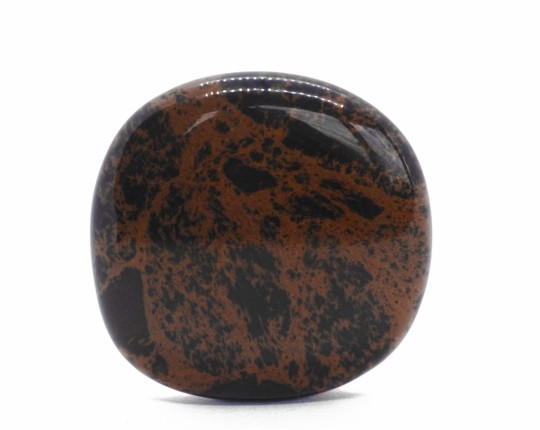Text
Obsidian
Mahogany Obsidian
Obsidian is a well known volcanic glass, rather common in many locations around the world. Named for the lapis obsidianus found in Ethiopia by Roman explorer Obsidius, Obsidian is very loved for its use as an ornament and gemstone. Although pure obsidian is glassy and jet-black in color, hematite (iron oxide) can produce red or brown varieties – most notable being Mahogany…

View On WordPress
0 notes
Text
Pietersite
Pietersite
Pietersite, or Tempeststone (its chatoyancy may look like a thunderstorm), was discovered in Namibia by Sid Pieters in 1962 as he was prospecting some farmland. Mineral records for Britain recorded the find, naming the material Pietersite. The only known sources of Pietersite are China and Namibia, while China does not extract Pietersite anymore. Both forms of Pietersite consist of…
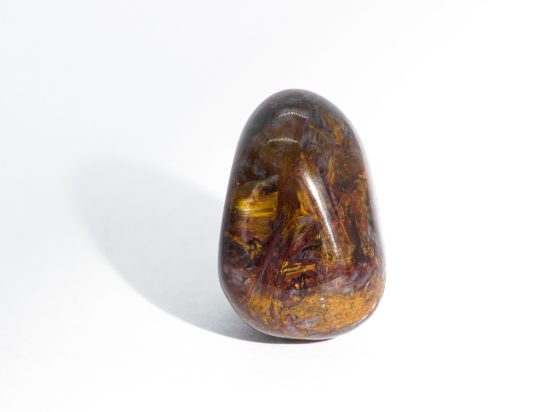
View On WordPress
0 notes
Photo

(via Tourmaline)
Tourmaline group includes a variety of forms and colors. Black Tourmaline (Schorl), Green Tourmaline (Verdelite), Rubellite Tourmaline, Blue Tourmaline (Indicolite), Paraiba Tourmaline, Watermelon Tourmaline, Pink Tourmaline, Golden Tourmaline, Brown Tourmaline (Dravite) are just few of them. While it can be found everywhere in the world, gem quality tourmaline is rare and expensive. Tourmaline is a mineral made of boron silicate and mixed with elements such as aluminum, iron, magnesium, sodium, lithium, or potassium. It is a semi-precious stone. Tourmaline’s name comes from Sri Lanka, where it was called tura mali, meaning stone of mixed colors. Read more
0 notes
Text
Tourmaline
Pink Tourmaline Tumbled
Tourmaline group includes a variety of forms and colors. Black Tourmaline (Schorl), Green Tourmaline (Verdelite), Rubellite Tourmaline, Blue Tourmaline (Indicolite), Paraiba Tourmaline, Watermelon Tourmaline, Pink Tourmaline, Golden Tourmaline, Brown Tourmaline (Dravite) are just few of them. While it can be found everywhere in the world, gem quality tourmaline is rare…

View On WordPress
#bicolor#colorful#dravite#indicolite#paraiba#pink#rainbow#rubellite#Schorl#Tourmaline#verdelite#watermelon
0 notes
Text
Unakite
Unakite
Unakite is a pink and green granitic rock, also known as Epidot Granite. It is composed of different proportions of green epidote, pink orthoclase feldspar and fragments of clear quartz. It is a pretty stone with forest-green and salmon-pink hues, and it is very easily tumbled and polished. First discovered in 1874 in the Unaka range, within the Appalachian and Blue Ridge mountain…
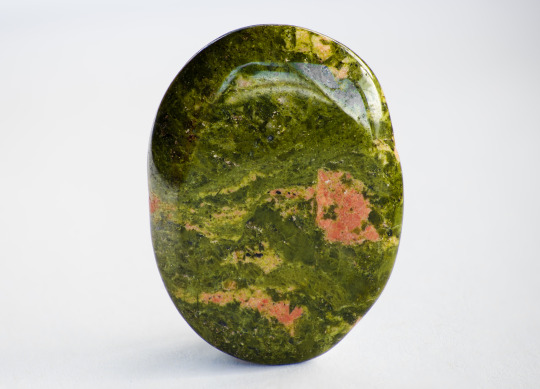
View On WordPress
#Appalachian#blue#brazil#Epidot#feldspar#granite#Lake Superior#pink#Ridge#Sierra Leone#symbol#tumbled#Unaka#Unakite#vision
5 notes
·
View notes
Text
Chiastolite
Chiastolite
Chiastolite or Cross Stone is a rare variety of Andalusite. Chiastolite name comes from the Greek Chiastos (cross marked). Its black cross inclusion of Graphite and Carbon invariably goes through the entire stone and there are several assumptions on how it was formed, and why it has a cross shape. The first representation of a Chiastolite appears in Laet’s 1648 publication, De Gemmis…
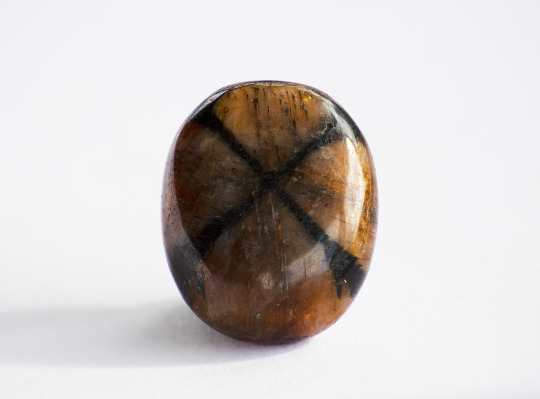
View On WordPress
#Andalusite#black#black cross#chiastolite#Chiastos#cross#cross stone#crucifer#faults#four#Frondel#Gemmis#Lapidibus#lapis#pilgrims#sacred#Santiago de COmpostella#seasons#Stone#tectonic
2 notes
·
View notes
Text
Charoite
First described in 1978, Charoite is a rare mineral silicate, named after the River Chara. It was found only in Aldan Shield, in the Republic of Sakha, Siberia, Russia. Charoite has a vibrant natural purple to violet hue with a striking appearance. The pattern appears as mesmerizing banding, swirls, scales, or parallel lines and radials if examined closer. Charoite was named either from its…

View On WordPress
#barium#canasite#Chara#charoite#chary#frankamenite#gemstone#lavender#lilac#mizerite#River#Siberia#strontium#swirls#tinaksite
3 notes
·
View notes
Text
Sodalite
Sodalite cabochon
Sodalite is a deep colored crystal named for its sodium content. Often confused with lapis lazuli because of its blue intense, rich color, earliest known stories demonstrate that it was used by ancient Bolivian and Peruvian traders as early as 2,500 B.C. Despite being discovered by Europeans in 1811 at the Ilimaussaq in Greenland, sodalite only became popular in 1891 when it…

View On WordPress
#Bancroft#blue#Canada#communication#crystal#Dungannon#Greenland#house#Ilimaussaq#Kola#Margaret#Marlborough#Ontario#Peninsula#Princess#royal#sodalite#Vesivius
3 notes
·
View notes
Text
Rose Quartz
Rose Quartz Cabochon
Rose Quartz Cabochon
Rose Quartz is clear quartz with a delicate rose-pink hue that ranges from very light to vivid and darker shades. It has been known and loved since ancient times: Mesopotamian Rose Quartz beads dating to 7000 BC have been discovered in multiple locations. Many regions around the world have rose quartz deposits including Brazil, Uruguay, Germany, India,…

View On WordPress
#Adonis#Aphrodita#Areas#blood#brazil#cabochon#chatoyancy#crystal#Dakota#irradiated#love#pink#Quartz#rose#six#South#star#strawberry#unconditional
0 notes
Text
Moonstone
Peach Moonstone cabochon
The opalescent Moonstone can appear colorless or in a variety of hues, including peach, pink, green, gray, yellow, brown, and blue. Moonstone is well known for its pearly adularescence, and it has a variable clarity from transparent or opaque. Moonstones are generally valued higher when they are transparent, colorless, and display adularescence in a deep blue color. In…

View On WordPress
#21#albite#blue#Center#full#future#India#Kennydy#lovers#lunar#Moon#moonstone#Myanmar#Night#peach#rainbow#rays#sacred#sea#space#tides#travelers#years
0 notes
Text
Muscovite - Mica
Muscovite – Mica
Red Muscovite cabochon
Red Muscovite (also known as Red Mica or Isinglass) exhibits a vibrant, shimmering color in hues ranging from red to brown and violet. The name Muscovite is derived from “Moscow-glass”, because of its use in medieval Russia as a cheap window material. Mica name comes from the Latin “micare,” which means “to shine or glitter.” Mica had been mined by ancient Hindus as early…
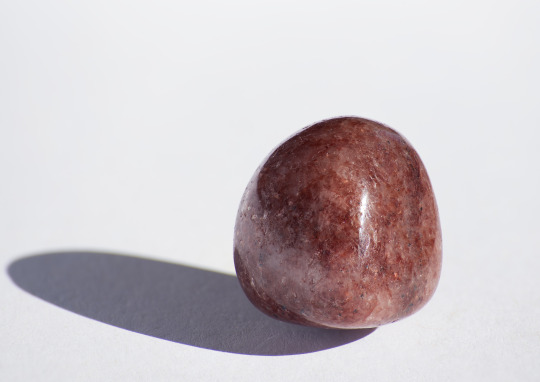
View On WordPress
0 notes
Text
Rutilated Quartz
Rutilated Quartz
In Rutilated Quartz, the arrangement of rutile crystals makes each gem a unique work of art. Over time, gorgeous jewelry and ornamental pieces have been created with Rutilated Quartz crystals.
Formation
Properties
Rutile, a titanium dioxide mineral, is sometimes mixed with iron oxide.
Symbolism
Legends

View On WordPress
0 notes
Text
Carnelian
Carnelian cabochon
Carnelian is a red, orange, or amber Chalcedony. Carnelian is really similar to another Chalcedony gem called Sard, but Sard has a distinctive brown hue. There isn’t a clear line between the two. Carnelian gets its name from either the Latin “carnes” (flesh) or, according to a different theory, from the Medieval “corneolus” which is a variety of corn cherry.
Carnelian is…

View On WordPress
0 notes
Text
Turquoise
Turquoise
Stone of the ancients, sea-green in color, Turquoise has a very long and fascinating history. Its name comes from the French “Turkish stone” (pierre turquoise). The Central Asian Turquoise was traded with Venetian traders in Turkish bazaars, and Turkey was its principal entry point into Europe. 5000 B.C. Turquoise pieces found in Iraq are relics of ancient beads. Egypt extracted it…
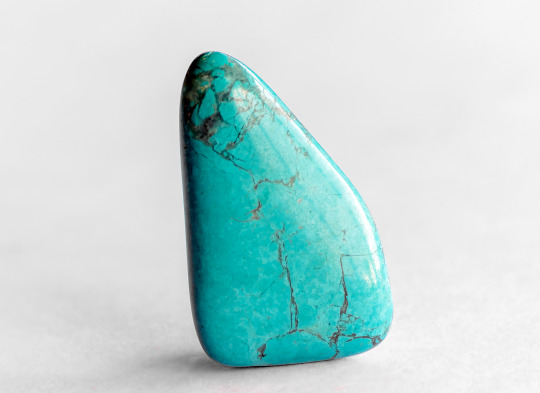
View On WordPress
0 notes
Text
Jade
Jade
For thousands of years, Jade has been considered a “good fortune” symbol, and Chinese people treasured it even as far back as 1950 BC. Under Jade name there are two main types of stones, with different composition – nephrite and jadeite. Its name derives from Spanish “piedra de yjada” (the stone of loin), referring to the tribes of Mesoamerica that used it for pain relief.
In Europe, the…

View On WordPress
0 notes
Text
Shiva Lingam
The Shiva Lingam are sacred stones in Hindu religion. It is believed Shiva Lingam represents Brahmanda, the “divine egg” symbol of both the male and the female forces in creation. A Shiva Lingam is often positioned at the center of a Hindu temple.
Formation
Shiva Lingam is found only in Onkar Mandhata, a sacred site on the Narmada River in Western India. Natives gather stones from the riverbed…
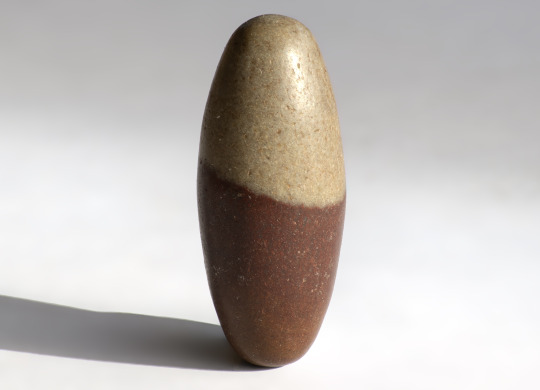
View On WordPress
0 notes
